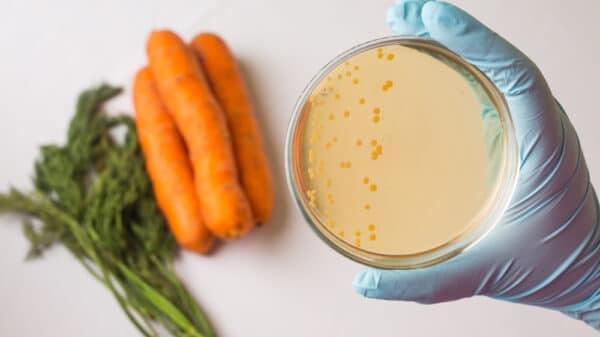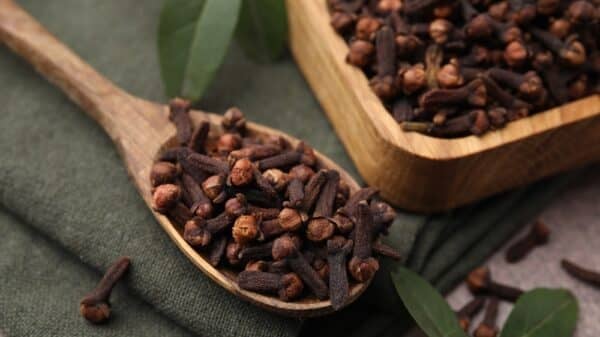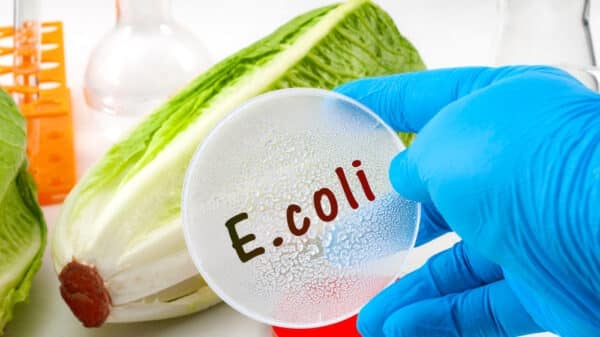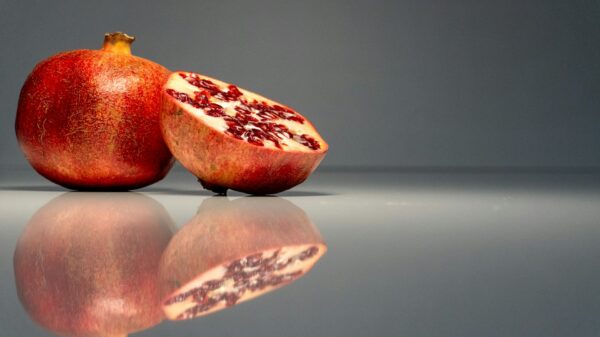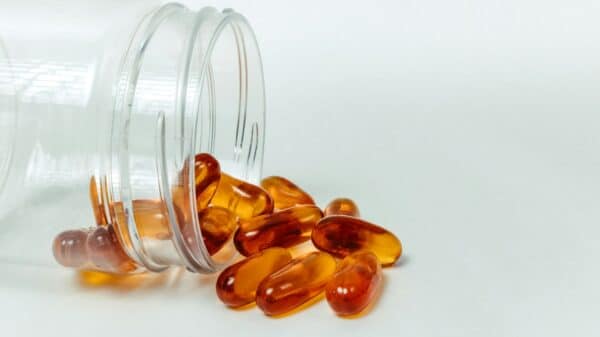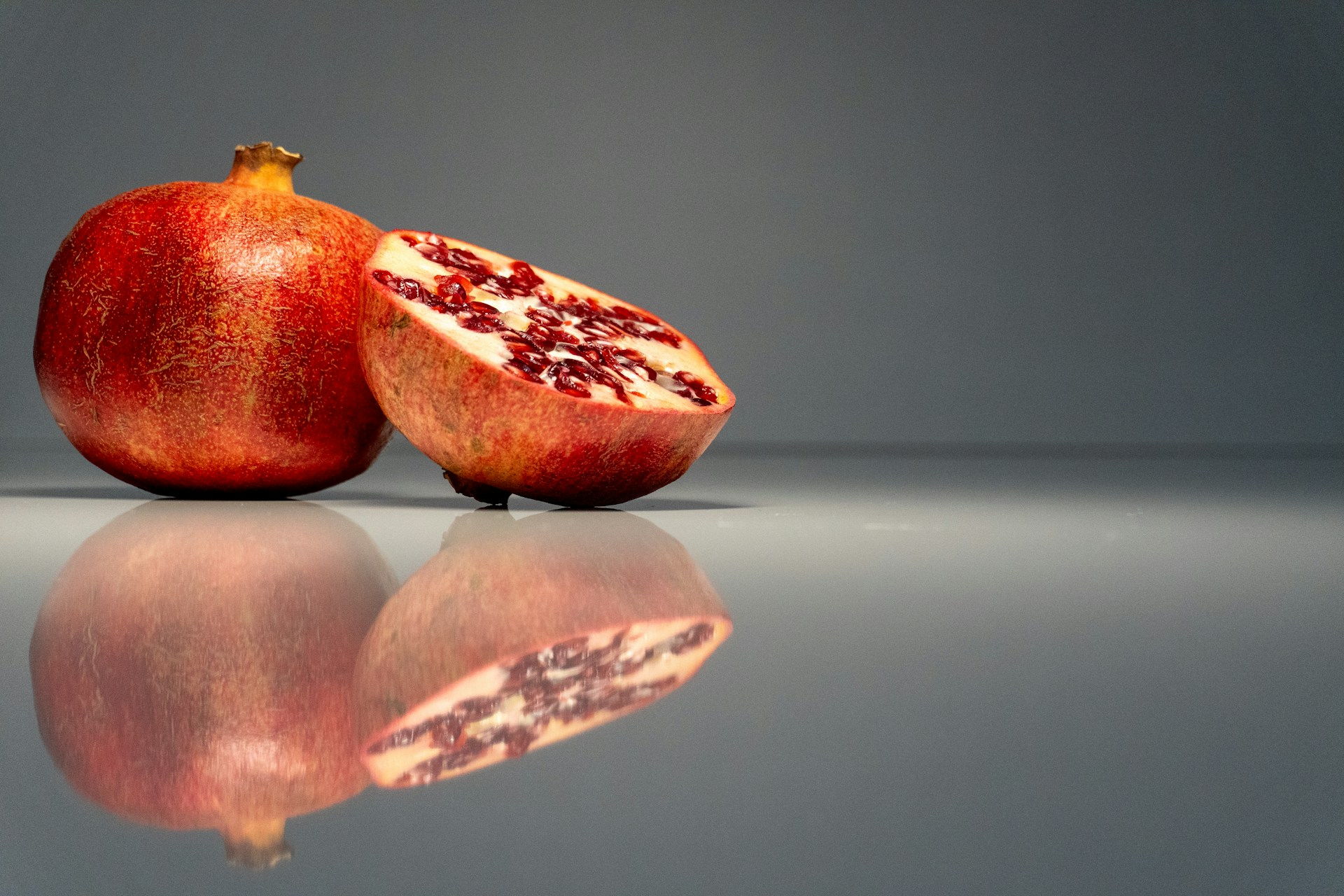to combat oxidative stress, anthocyanins offer a host of benefits that can have a positive impact on your overall health. Research has suggested that these powerful antioxidants contribute to heart health by improving cardiovascular function. They help to regulate blood pressure and lower cholesterol levels, reducing the risk of heart disease—a concern for many of us as we age.
Moreover, anthocyanins are believed to have protective effects against certain types of cancer. Studies indicate that these pigments may inhibit tumor growth and cell proliferation related to various cancers, which gives us yet another reason to fill our plates with colorful fruits and vegetables.
But that’s not all. Anthocyanins are also associated with brain health. They may enhance cognitive function and memory while potentially warding off neurodegenerative diseases like Alzheimer’s. Imagine being able to boost your memory just by enjoying a delicious bowl of blueberries or a glass of red grape juice—pretty amazing, right?
So, What Makes Anthocyanins Stand Out?
Anthocyanins are essentially nature’s colorants, giving fruits and veggies their stunning blue, purple, and red hues. But their role goes far beyond aesthetics. They act as protective agents not just for us but for the plants themselves. That vibrant color you see isn’t just pretty; it’s a sign that these plants are equipped with compounds that fend off pests and resist environmental stressors. It’s like nature’s little armor, protecting the food you eat.
When choosing fruits and vegetables, opt for those with the richest colors. Darker varieties often boast higher anthocyanin levels. Think of grabbing a handful of blackberries or adding a splash of pomegranate juice to your smoothie. These small changes can have a big impact on your health.
How to Maximize Your Anthocyanin Intake
Integrating more anthocyanin-rich foods into your diet can be both simple and enjoyable. Consider starting your day with a breakfast bowl topped with fresh blueberries or black raspberries. Maybe swap out your typical salad for one featuring vibrant red cabbage and purple carrots. What about a snack—a handful of cranberries perhaps? The bright colors are not just eye-catching; they’re packed with health benefits.
And don’t forget about beverages! Sipping on herbal teas infused with hibiscus or enjoying a glass of red wine in moderation can also introduce these beneficial compounds into your daily routine.
Final Thoughts
Not only are anthocyanins delicious, but they also potentially provide substantial health benefits that can help protect you from serious health issues. So, let’s celebrate those colorful fruits and vegetables and remember that when it comes to nutrition, the more vibrant your plate, the better it is for your health. With just a few friendly adjustments to your diet, you can harness the power of nature’s little health boosters and take proactive steps toward a healthier, happier life. So, are you ready to eat the rainbow?
Anthocyanins are fascinating compounds that do a lot more than just fight free radicals and combat oxidative stress. Recent research is continually revealing their remarkable potential in protecting our cells, tissues, and vital organs, which is vital for maintaining overall health. For instance, studies have shown that anthocyanins positively influence gut health by interacting with our gut microflora. This interaction can lead to a decrease in inflammatory markers associated with chronic diseases, which many of us worry about as we age. Additionally, these pigments have been linked to supporting hormonal balance, making them even more essential for our well-being.
Image Source: Unsplash













